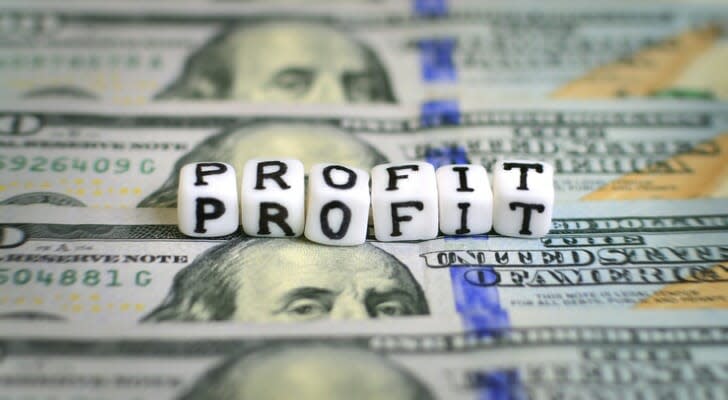Yield vs. Return: What’s the Difference?

People often use yield and return interchangeably, referring to what you’ll earn from a fixed investment. However, there are some important differences to note for yield vs return. Learn the basics of these two important concepts, plus some key differences to consider when looking at each of them.
Yield vs Return Basics
The yield of an investment is income it earns. An investment usually expresses its yield as a percentage. For example, the interest or dividends a security produces over a certain period of time can be its yield. The yield of an investment uses the investment’s face value, or what an investor originally paid for a stock. Also, yield factors in an investment’s liquidity, or its current market value.
An investment’s return, however, is the dollar amount an investment earns or loses over time. An investment’s return also accounts for dividends earned, interest earned, and capital gains.
Yield isn’t as predictable as return. However sometimes investors can anticipate yield, depending on the security and its predictability.
Key Differences

It’s easy to see how an investor might confuse yield and return. After all, both refer to the income earned on an investment. But there are several distinctions between the two. Yield refers to income earned on an investment, while its return references what an investor gained or lost on that investment. Yield expresses itself as a percentage, while the return is a dollar amount.
An investment’s yield is a more forward-looking assessment. As a result, it represents what an investor stands to gain (or lose) on that investment. Yield takes into account current market value and face value but does not factor in capital gains. Meanwhile, its percentage is typically an annual percentage rate (APR). As with any investment, the higher the risk, the higher the potential yield.
Alternately, an investment’s return focuses on the dollar amount of what an investment has earned in the past. Return focuses on paid dividends, or annual payments made to stock owners or investors by the company. It also looks at capital gains, which is the increase in the value of an asset. Capital gains can both be short and long-term.
Do not confuse yield with rate of return. Both are percentages that anticipate an investment’s expected return over time. However, rate of return takes into account capital gains and yield does not.
Bond Yield
Yield can also be a means of expressing a bond’s future earning power. But it requires more than just calculating an investment’s earnings. That’s where a bond’s current yield and coupon yield come into play.
A bond’s current yield divides a bond’s total income by its market price. Current yield (CY) is a percentage that fluctuates based on market conditions. The coupon yield of a bond is the amount of interest a bond earns. Institutions issue bonds with a predetermined coupon yield. The market doesn’t affect coupon yield. Meanwhile, a bond’s yield to maturity also determines its earnings. That’s the amount an investor stands to earn on a bond should they hold it to maturity.
The Bottom Line

Both yield and return refer to what an investor might earn on a fixed investment. People often confuse the terms, but there are a few important distinctions between the two. The more forward-thinking of the two concepts, yield expresses itself in a percentage form. Also, it refers to the income earned on an investment over time. Return, however, focuses on an investment’s past earning and expresses itself in a dollar amount.
Be careful not to confuse yield with rate of return. Both are percentages that express what an investor stands to earn on a particular security, but rate of return takes into account capital gains and yield does not.
Investment Tips
If you’re not sure how to diversify your portfolio, a financial advisor may be able to help. Finding the right financial advisor that fits your needs doesn’t have to be hard. SmartAsset’s free tool matches you with financial advisors in your area in 5 minutes. If you’re ready to meet local advisors who will help you achieve your financial goals, start now.
Do you know how much investment risk you can tolerate? How much will your investment grow over time? Will capital gains taxes take a chunk out of your earnings? How will inflation affect your overall returns? SmartAsset’s investing guide can help you with these initial questions and give you a foundation for working with a professional.
Retirement investment can be tricky. You may not know what you’ll need to retire. You may have no idea what your 401(k) will be worth once you stop working. Meanwhile, you may need to figure out how large a role Social Security will play in your retirement plans. If any of those questions or others are haunting your retirement planning, SmartAsset’s retirement guide may provide some answers.
Photo credit: ©iStock.com/domoskanonos, ©iStock.com/gece33, ©iStock.com/Dmytro Varavin
The post Yield vs. Return: What’s the Difference? appeared first on SmartAsset Blog.
